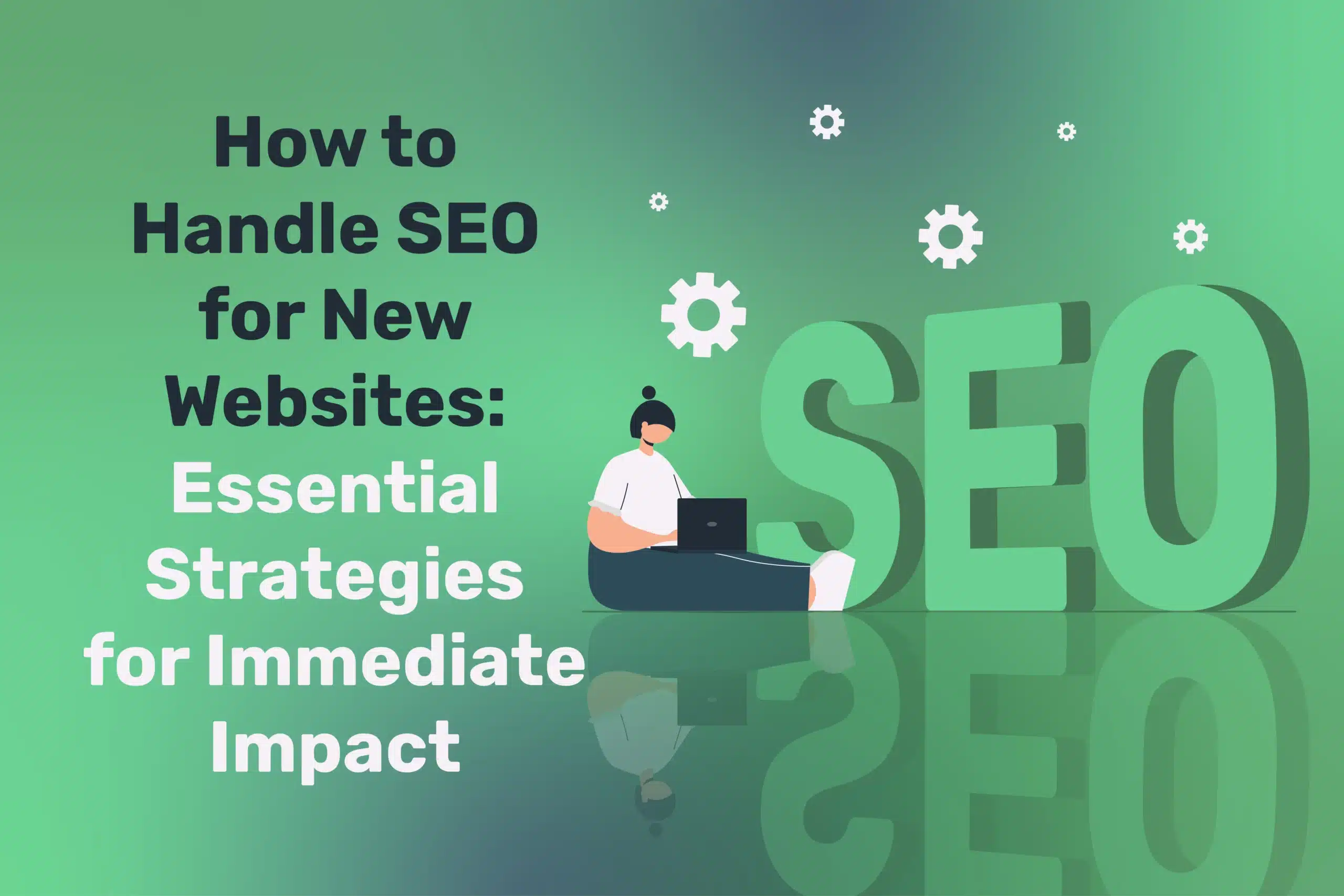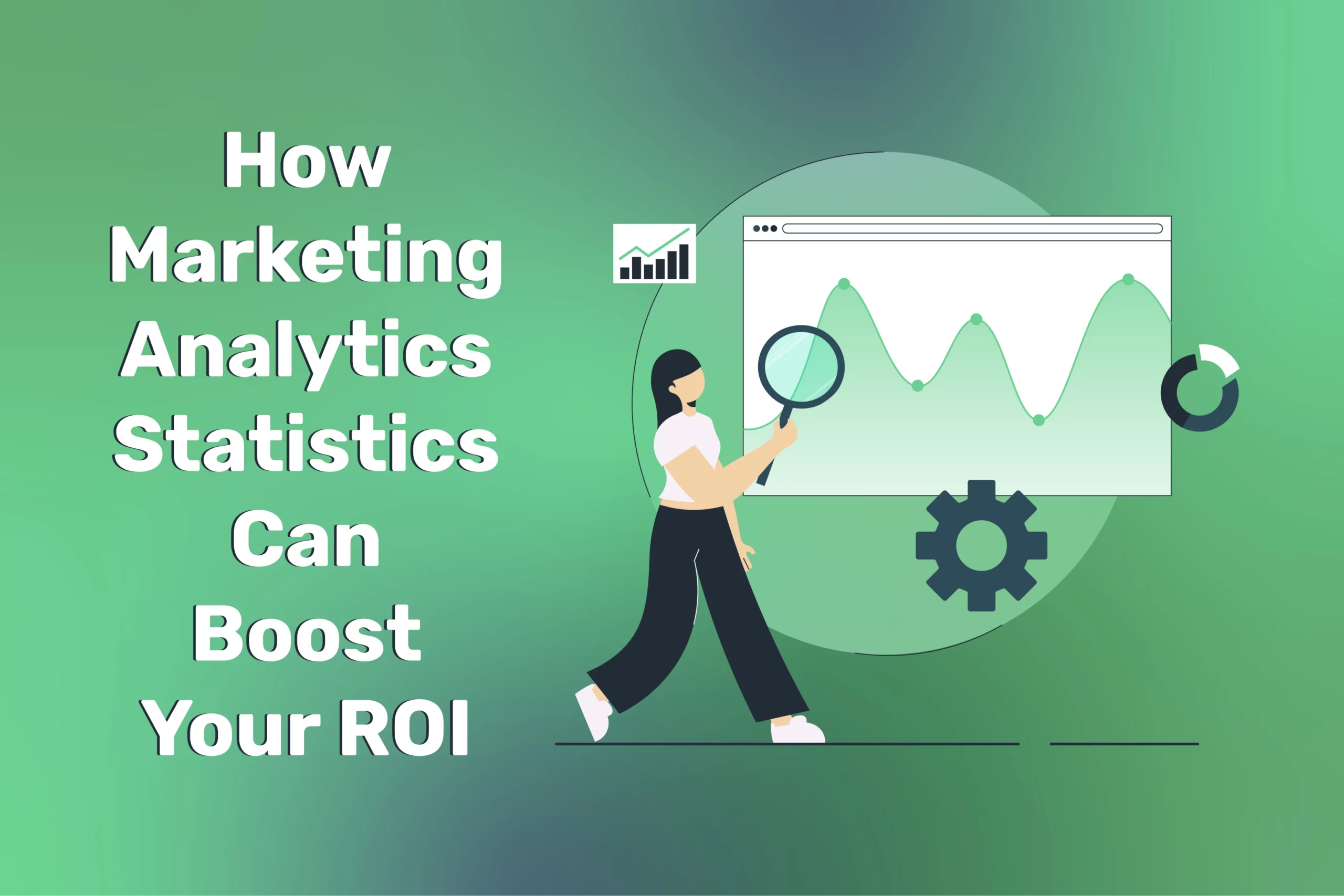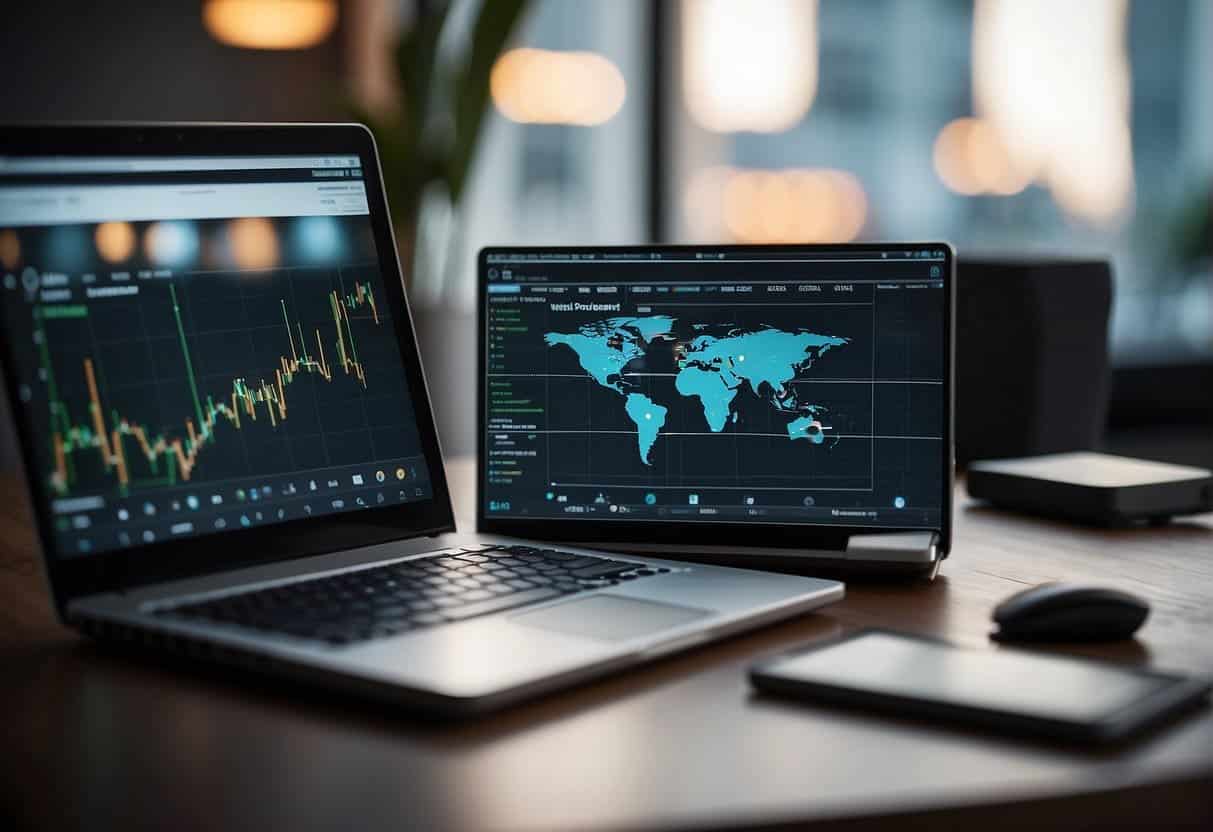
On-Page vs Off-Page SEO: Building a Balanced Strategy
Table of Contents
Search engine optimisation (SEO) can generally be split into two crucial pillars: on-page SEO—optimising elements within your own website—and off-page SEO—boosting authority through external signals like backlinks and social presence. Both sides are essential in 2024, as search engines focus on user experience, site relevance, and domain authority. Yet many businesses pour all effort into one aspect while neglecting the other, undercutting their full potential in search rankings.
This article clarifies on-page vs. off-page SEO and provides practical tips to balance them. You’ll learn how to optimise content, meta data, and site structure while cultivating authentic external signals (like links, reviews, and social mentions). The result: a holistic strategy that sets your site apart in an increasingly competitive digital arena.
“A well-rounded SEO approach fuses strong on-page fundamentals with robust off-page signals. Skimp on either, and you’ll struggle to reach page-one visibility,” remarks Ciaran Connolly, Director of ProfileTree.
Understanding On-Page SEO Fundamentals
On-page SEO is the foundation of search visibility, ensuring each webpage is optimised for both users and search engines. From keyword placement and meta tags to internal linking and content structure, every element plays a role in improving rankings and user experience. Mastering these fundamentals helps search engines understand your content while keeping visitors engaged.
Content Quality and Relevance
On-page SEO starts with high-quality, user-centric content. By delivering thorough, well-researched material addressing user intent, you’ll keep visitors engaged and encourage shares or links. Incorporate your primary and secondary keywords naturally—excessive repetition can appear spammy.
Key aspects:
- Long-tail keywords embedded in subheadings, paragraphs, or bullet points,
- Semantic LSI (latent semantic indexing) terms to broaden topic coverage,
- Regularly updated blog or resource hub to demonstrate ongoing expertise.
Title Tags and Meta Descriptions
Each page’s HTML title tag should be unique, reflecting its main topic. Short but descriptive, often < 60 characters. Meta descriptions (up to ~160 characters) provide a succinct pitch. While not a direct ranking factor, they boost click-through rates if well written. Ensure both highlight relevant keywords or brand cues.
Header Tags (H1, H2, H3)
Use H1 for the main title, then break content with hierarchical subheadings (H2, H3) for clarity. This structured approach helps search engines interpret your content. For example, H2 might define major sections (like “On-Page SEO Techniques”), and H3 subtopics or examples.
URL Structures
Short, descriptive URLs are easier for users and crawlers to grasp (e.g., “example.com/organic-coffee-tips” rather than “example.com/p=167?”). Keep a consistent slug format—lowercase, hyphen-separated. Overly long or parameter-laden URLs can reduce click trust and hamper indexing clarity.
Internal Linking
Link relevant pages together with anchor text that clarifies the context (e.g., linking from “Our Digital Marketing Services” to a subpage “SEO Audit Services”). This practice spreads link equity and helps search engines identify your site’s primary content clusters. A well-structured internal link network also boosts user navigation.
Key Technical On-Page Considerations
Optimising technical on-page elements ensures search engines can efficiently crawl, index, and rank your content. Factors like URL structure, page speed, mobile responsiveness, schema markup, and proper use of canonical tags all contribute to SEO performance. Paying attention to these details enhances both discoverability and user experience.
Mobile-Friendliness
With mobile-first indexing, ensure your site’s design is responsive or adaptive. Google indexes the mobile version primarily. If your mobile site is incomplete or slow, expect ranking drops. Test with Google’s Mobile-Friendly Test to confirm elements aren’t cut off or overshadowed by intrusive pop-ups.
Page Speed and Core Web Vitals
Slow sites repel visitors. Tools like PageSpeed Insights highlight your Largest Contentful Paint (LCP), First Input Delay (FID), and Cumulative Layout Shift (CLS). Minimising scripts, compressing images, and using caching/CDNs helps you meet 2024 user expectations for near-instant page loads.
Schema Markup
Structured data (like Product, Article, or FAQ schema) clarifies page content to search engines, potentially yielding rich snippets or higher click-through rates. If your site has products, reviews, or local business info, implement relevant schemas. Test them in Google’s Rich Results Test to ensure correctness.
Security (HTTPS) and Site Architecture
Encrypted connections (HTTPS) are a ranking factor. Visitors expect padlock icons. Meanwhile, an organised site structure with siloed categories or relevant subfolders helps search engines see content groupings. Avoid deep nested subdirectories or random scattering of pages.
Off-Page SEO Basics
Off-page SEO focuses on building your website’s authority and reputation beyond its own pages. This includes earning high-quality backlinks, engaging on social media, leveraging influencer partnerships, and fostering brand mentions across the web. A strong off-page strategy signals trust and relevance to search engines, boosting rankings and visibility.
Backlinks as Authority Signals
Off-page SEO primarily revolves around backlinks—other sites linking to yours. High-quality, contextually relevant links act as “votes of trust.” The more authoritative the linking domain, the greater the benefit. Conversely, spammy or irrelevant links can harm your domain’s reputation.
Social Media Engagement
While social signals aren’t direct ranking factors, an active social presence can amplify content reach, indirectly earning more natural backlinks and brand queries. A popular Twitter thread or LinkedIn post referencing your site can drive referral traffic and eventually lead to coverage by niche bloggers or journalists.
Citations and Mentions
Local businesses or personal brands thrive on local citations—like directories, Google Business Profile, or industry listings. Mentions of your brand name (with or without a direct link) can also influence search engines. Reputable mentions across relevant platforms build trust.
Brand Reputation and Reviews
For local or B2B services, online reviews on Google, Yelp, or G2 (for software) shape user trust and local pack rankings. Encouraging genuine positive reviews and responding professionally to any negatives reflect brand commitment. This also fosters indirect off-page signals—search engines see brand queries plus user feedback loop.
Balancing On-Page and Off-Page Approaches
A successful SEO strategy requires both on-page and off-page optimisation working in harmony. On-page SEO ensures your site is technically sound, user-friendly, and rich in relevant content, while off-page efforts build credibility and authority through backlinks, social signals, and external brand mentions. Prioritising one over the other can limit results—balancing both strengthens your site’s overall search performance.
Why Both Are Critical
An immaculate on-page structure without external authority can languish beyond page two for competitive queries. Conversely, you might secure some links but if your site is unoptimised or full of thin content, you’ll never convert that traffic effectively. Synergy is the name of the game.
Building a Sustainable Link Profile
If your content is robust and relevant, people naturally reference it. Amplifying that content via social or targeted outreach fosters quality inbound links. Meanwhile, ensuring your site is properly structured means those inbound links yield maximum ranking impact.
Example: A Niche E-commerce Brand
- On-page: Detailed product pages with SEO-friendly titles, alt-tagged images, user reviews, and structured product schema.
- Off-page: Partnerships with niche influencers, editorial coverage on trade blogs, social media brand-building.
- Balanced synergy ensures the brand outranks bigger retailers lacking domain-specific authority or well-optimised product pages.
“On-page and off-page SEO feed into each other. Solid site fundamentals lure visitors to stay, while off-page endorsements pull visitors in from outside channels,” says Ciaran Connolly.
Practical On-Page Tactics to Boost Off-Page Impact
On-page optimisation can directly influence off-page SEO by making your content more link-worthy and shareable. High-quality, well-structured content with clear headings, engaging visuals, and internal linking encourages other sites to reference and link to your pages. Optimising meta descriptions and Open Graph tags improves how your content appears when shared, increasing engagement. Additionally, fast-loading pages and mobile-friendly design enhance user experience, reducing bounce rates—signals that indirectly support off-page credibility.
Publish Link-Worthy Content
Educational guides, data-driven research, or unique infographics are prime link magnets. If your domain regularly posts “10-year industry trend analyses” or “original case studies,” external sites or journalists often reference them. This approach also cements your brand’s thought leadership.
Embed Share Triggers
For blog posts, integrate visible share buttons. A direct prompt like “Share this new insight with your network!” can nudge visitors to tweet or link the article. Provide an HTML snippet for embedding if your content is a must-have resource (like an infographic).
Anchor Text Guidance
When others want to link you, they might ask for an anchor text suggestion. Having a short phrase that’s descriptive but not overly keyword-stuffed can guide them. Meanwhile, your own internal anchor text should maintain a variety—some brand-based, some partial match, etc.
Clear Contact/Press Info
Off-page opportunities often come from journalists or industry peers wanting to confirm details. If your site’s contact or press kit pages are hidden, you might miss coverage. Provide a direct “Media/Partnership Inquiries” link in your footer, prompting more potential mentions or link opportunities.
Managing Off-Page Strategies Without Neglecting On-Page
A strong SEO strategy requires balancing off-page efforts, like link building and social media promotion, without overlooking on-page fundamentals. While acquiring backlinks and brand mentions boosts authority, a poorly optimised site with slow load times or weak content can negate those gains. Ensure your pages are well-structured, keyword-optimised, and technically sound before focusing on external strategies. A seamless user experience and high-quality content will naturally attract and sustain off-page benefits.
Guest Blogging and Outreach
Guest posts on relevant industry sites can build brand awareness and earn backlinks. However, if your landing pages are poorly optimised, that referral traffic might bounce. So, ensure the page you link to is well-structured, user-friendly, and resonates with that audience.
Influencer Collaborations
If an influencer references your brand or product, ensure your site’s landing page is robust—clear headlines, CTA, trust signals, mobile-friendly layout. This synergy ensures influencer-driven visitors convert rather than leaving disappointed.
Social Media Campaigns
When launching a product or big content piece, plan a social push. The on-page SEO side: the piece must load fast, have engaging visuals, relevant metadata for social previews (Open Graph, Twitter cards). Off-page side: encouraging social shares, possible viral traction. Balanced synergy ensures you reap maximum SEO benefits from that social buzz.
Online Directories and Citations
For B2B or local businesses, listing on reputable directories is an off-page factor. But ensure the site’s corresponding landing page (like a “Services” page or local store page) is optimised for conversions. That ensures directory leads turn into paying customers.
Tracking and Measuring Combined Impact
To truly understand the effectiveness of your SEO efforts, track both on-page and off-page metrics using tools like Google Analytics, Search Console, and backlink monitoring platforms. Monitor rankings, organic traffic, engagement rates, and backlink growth to assess how these elements work together. Correlate spikes in traffic with content updates or link-building efforts to refine your strategy. Regular analysis ensures you optimise both aspects for sustained visibility and conversions.
Analytics Tools
Google Analytics or Matomo can segment organic traffic from top landing pages. If you see a page’s traffic climbing after a link-building push, check bounce rate or time on page. Are visitors staying, or is the content lacking?
Search Console for Indexing and CTR
Monitor impressions, clicks, and average rank for your primary keywords. If on-page improvements raise ranking from #10 to #5, or if off-page coverage triggers a spike in impressions, you’ll see it here. Check CTR—did your title or meta updates increase clicks?
Backlink Profile Growth
Use a platform (Ahrefs, SEMrush, or Moz) to see if new backlinks appear for your targeted pages. If you launched a content marketing campaign, check for link velocity. Also ensure the link quality is high—some unscrupulous or irrelevant domains might link, requiring possible disavow.
Balancing Time and Resources
Review monthly or quarterly. Are you investing too much in link-building with minimal on-page enhancements, or vice versa? Shift resources accordingly. Each approach influences the other, so a well-rounded plan yields better ROI than over-focusing on just one dimension.
“Measure results from both angles—technical page performance and external link profile. The synergy drives meaningful, sustainable ranking gains,” suggests Ciaran Connolly.
Common Pitfalls to Avoid
Even with a solid SEO strategy, certain mistakes can hinder progress. Over-optimising content with excessive keywords, neglecting mobile usability, or relying on spammy backlinks can hurt rankings. Ignoring technical SEO—such as slow page speed, broken links, or missing meta tags—can also impact performance. Additionally, focusing too much on either on-page or off-page SEO while neglecting the other creates an imbalance. A well-rounded approach, continuous monitoring, and adapting to algorithm changes help avoid these pitfalls.
Over-Optimising Anchor Text
Excessive exact-match anchors from off-page sources can appear manipulative. Keep a healthy mix of brand anchors, partial match, and natural references. Similarly, your internal anchors must be varied, or you risk Google ignoring them as spammy.
Neglecting Local or Niche Directories
Some businesses chase big link strategies but skip simpler local or industry listings. These can drive targeted leads and local pack authority. If you operate physically or regionally, ignoring local citations is a missed opportunity.
Duplicate Content Overlook
Merging on-page signals with a link-building push can backfire if your site hosts thin or repeated pages. Google might choose to rank none of them. Always rectify internal duplications, set canonical tags, or provide unique content for each page.
Irrelevant Guest Posts
Guest blogging on random blogs far from your industry for a quick backlink is risky. Google’s link spam guidelines penalise unrelated link networks. Focus on platforms that truly match your niche or audiences, ensuring editorial quality and real user value.
Future Outlook: Holistic SEO in 2025
SEO in 2025 will demand a holistic approach, with AI-driven algorithms, voice search, and user intent shaping rankings. Brands must prioritise high-quality content, technical excellence (Core Web Vitals, structured data), and strong off-page signals like E-E-A-T. A user-first experience, ethical link-building, and seamless integration of on-page, off-page, and technical SEO will be key to staying competitive.
AI-Enhanced Insights
2025 sees more AI-driven content analysis, suggesting on-page expansions or revealing link-building angles. Tools might highlight semantically missing subtopics in real time or identify potential link partners. Leverage these technologies but maintain a human editorial perspective for quality assurance.
E-E-A-T Emphasis
Expertise, Experience, Authoritativeness, and Trust remain core to Google’s approach. On-page content must demonstrate experience (like personal case studies), while off-page signals (like mentions from industry authorities) reinforce brand authority. Over time, sites that invest in genuine expertise outrank shallow content.
Interactive Off-Page Approaches
Beyond static guest posts or directories, interactive events like webinars, podcasts, or short LinkedIn Live sessions can garner more shares and coverage. The lines between off-page SEO and brand-building campaigns blur further, but the principle remains: every mention or collaboration can shape your SERP presence.
User Satisfaction Tracking
Search engines increasingly interpret user behaviour (dwell time, bounce, repeat visits). By perfecting on-page clarity plus external brand credibility, you secure user loyalty. Expect continued refinements to how SERPs factor in user signals, awarding sites that consistently deliver.
On-Page vs Off-Page SEO: Merging Excellence with Authority
On-page SEO ensures your site’s content, structure, and performance meet both search engine requirements and user expectations. Off-page SEO extends your influence beyond domain boundaries—building trust, brand awareness, and authoritative link profiles. Mastering each side alone is insufficient; synergy arises when you unify them in a holistic strategy.
By consistently improving content, meta data, site speed, and user experience, your pages become prime candidates for higher rankings. Meanwhile, forging genuine external relationships—through quality backlinks, social engagement, local or industry citations—propels domain authority. The interplay is crucial: a strong brand presence amplifies on-page efforts, while impeccable site fundamentals let external signals shine. Embrace both arms of SEO to carve a lasting presence in the SERPs, outpacing competitors who neglect one dimension in favour of the other.





Clear and concise explanation of SEO best practices. Thanks.